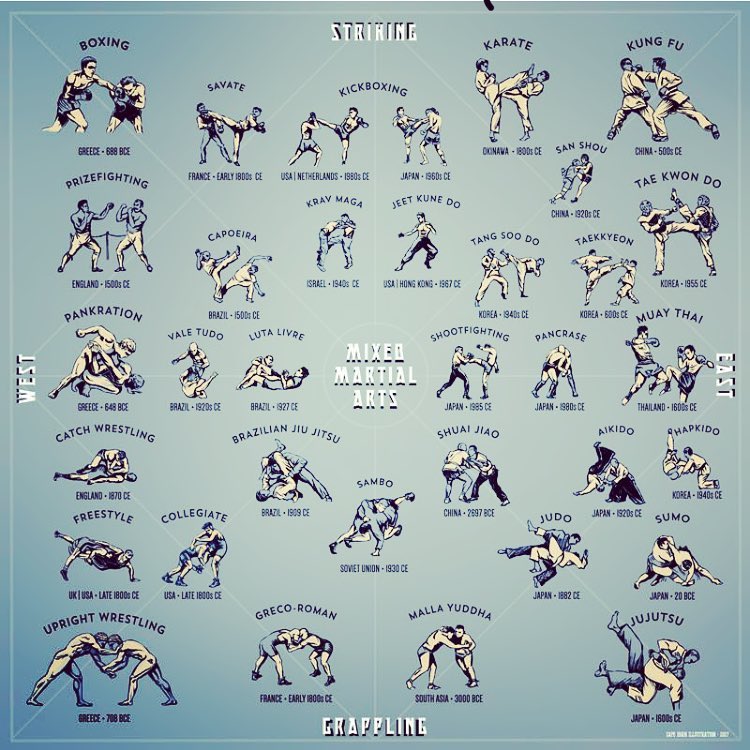Standard Martial Arts And Modern Fight Sports: A Thorough Introduction Of Their Distinct Differences
Standard Martial Arts And Modern Fight Sports: A Thorough Introduction Of Their Distinct Differences
Blog Article
Write-Up Developed By-Kok Finnegan
When you consider martial arts, do you lean much more towards the traditional practices or the modern-day combat sporting activities? Each course uses one-of-a-kind benefits and experiences, formed by their philosophies and training methods. Typical martial arts stress personal development and technique, while modern-day fight sports concentrate on competitors and performance. Understanding these differences can guide you in choosing the best method for your trip. But how do these differences materialize in training and approach?
The Ideology and History Behind Typical Martial arts
While many people link martial arts with physical fight, the approach and history behind standard martial arts run much deeper. You'll find that these techniques highlight individual development, technique, and respect.
Stemming from old practices, typical martial arts were frequently created for Self-Defense and spiritual growth. They symbolize concepts such as balance, harmony, and self-discipline, leading experts beyond plain battling skills.
As you train, you'll not just learn methods however additionally obtain insights into the society and values that shaped these arts. The routines and customs, frequently given via generations, promote a sense of area and belonging.
The Affordable Nature of Modern Battle Sports
Modern combat sports have actually transformed the landscape of martial arts right into a very competitive field, where professional athletes challenge in an examination of ability, method, and endurance.
You'll discover that competitions are often organized with strict guidelines and guidelines, ensuring fair play and safety and security. These occasions attract huge target markets, fueling the enjoyment and strength of matchups.
Athletes educate rigorously, not just for physical expertise yet also for mental sturdiness, understanding that every detail counts in the ring. The adrenaline rush throughout competitors is apparent, as fighters push their limitations to declare triumph.
Followers appreciate the athleticism and artistry included, making modern-day combat sporting activities a thrilling phenomenon that continues to evolve and astound fanatics all over the world.
Training Techniques and Techniques: A Comparative Evaluation
The affordable environment of modern fight sports demands innovative training approaches that differ significantly from conventional martial arts.
In contemporary training, you'll focus on particular methods, competing, and conditioning, frequently utilizing drills that imitate actual fight situations. https://differencebetweenmartiala33221.bleepblogs.com/35498669/establishing-durability-starting-a-martial-arts-trip 'll see an emphasis on quantifiable efficiency and frequent competition to analyze your abilities.
In contrast, typical martial arts prioritize types, katas, and thoughtful teachings, commonly stressing technique and regard over competition.
Training is typically much less intense and might entail recurring technique instead of real-time sparring.
While both methods construct ability and health and fitness, contemporary battle sports give an extra dynamic and adaptable training atmosphere, preparing you for immediate obstacles in the ring or cage.
Choose the course that lines up with your objectives and passions.
Final thought
In selecting between conventional martial arts and modern-day fight sports, it actually comes down to what you value a lot of. If you're looking for personal growth, technique, and a feeling of community, typical arts might be your best fit. But if https://www.escapistmagazine.com/the-karate-kid-movies-explore-hollywoods-complicated-martial-arts-history/ flourish on competition and real-time challenges, modern fight sports could be the means to go. Ultimately, both paths use unique benefits, so it's everything about straightening your training with your individual objectives and rate of interests.
